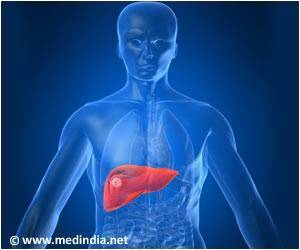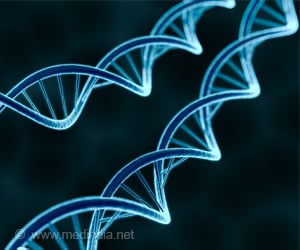Magnetic hyperthermia, highly experimental cancer treatment can help destroy cancer cells. The therapy can be tuned more to kill the tumor cells.

‘Magnetic nanoparticles delivered close to the tumor cells are activated using alternating magnetic fields. Hyperthermia therapy is effective if the nanoparticles are absorbed well by the tumor cells but not by cells in healthy tissue.’





Magnetic nanoparticles delivered close to the tumor cells are activated using alternating magnetic fields. Hyperthermia therapy is effective if the nanoparticles are absorbed well by the tumor cells but not by cells in healthy tissue. Therefore, its effectiveness depends on the specific absorption rate. Bulgarian scientists have studied several nanoparticles made of an iron oxide material called ferrite, to which are added small quantities of copper, nickel, manganese or cobalt atoms--a method called dopping.The researchers investigated magnetic hyperthermia based on these particles, both in mice and in cell cultures, for two distinct heating methods. The methods differ in terms of how the heat is generated in the particles: via direct or indirect coupling between the magnetic field and the magnetic moment of the particles.
The authors show that the tumor absorption rate greatly depends on the diameter of the nanoparticles. Surprisingly, the absorption rate increases as particle diameter increases, as long as the level of doping of the material is sufficiently high and the diameter doesn't exceed a set maximum value (max. 14 nanometres for cobalt doping, 16 nm for copper).
Source-Eurekalert














